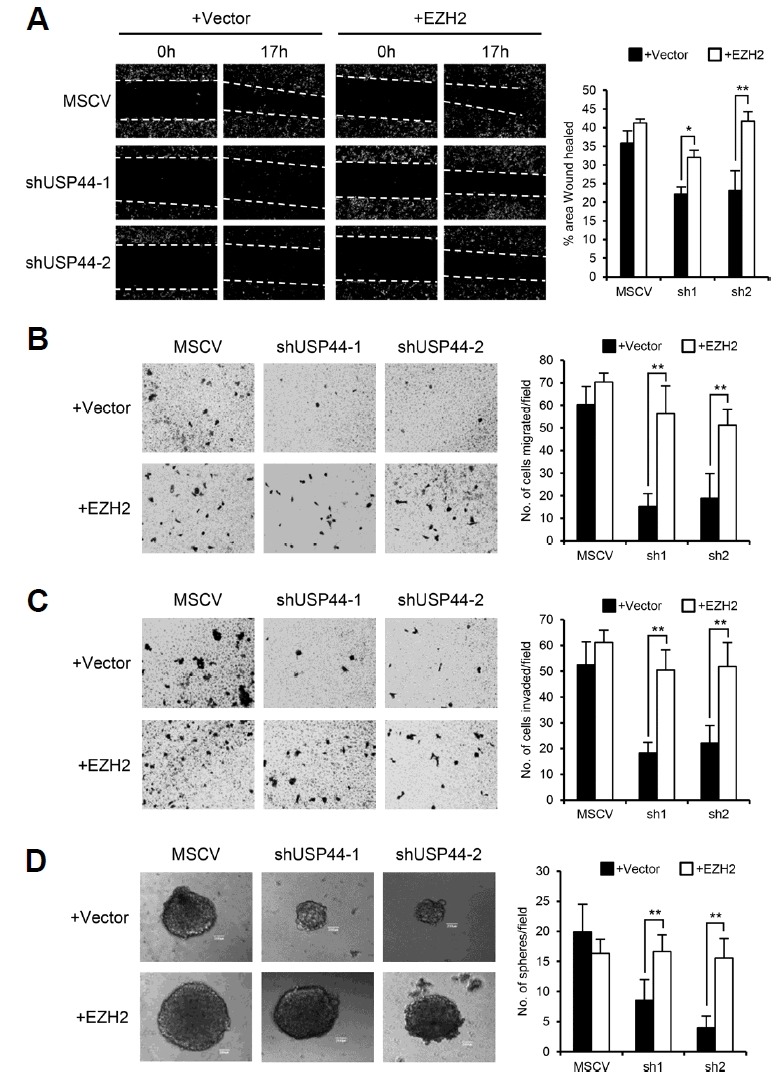Fig. 6. USP44 promotes the malignancies of prostate cancer cells through EZH2 stabilization.

(A) Wound healing assays of USP44 knockdown PC3 stable cell lines after vector or EZH2 overexpression. Each cell monolayer was scratched with a yellow micropipette tip and cell images were acquired at the time points indicated. Values are expressed as the mean ± SD of three independent experiments. (B) Migration assays of USP44 knockdown PC3 stable cell lines after vector or EZH2 overexpression. Equal numbers of each cell were seeded in the transwell migration chamber. After 22 h, the number of cells that had migrated to the lower chamber was counted. Values are expressed as the mean ± SD of three independent experiments. (C) Matrigel invasion assays of USP44 knockdown PC3 stable cell lines after vector or EZH2 overexpression. Equal numbers of each cell were seeded onto the matrigel-coated chamber. After 22 h, the invaded cells on the lower surface of the membrane were counted. Values are expressed as the mean ± SD of three independent experiments. (D) Sphere formation assays of the USP44 knockdown PC3 stable cell lines after vector or EZH2 overexpression. Equal numbers of each cell were seeded into 24-well Ultra-low Attachment plates and cultured in serum-free media. The number of spheres larger than 200 μm in diameter were counted. The figure shows representative images from each cell and the scale bar is 200 μm. Values are expressed as the mean ± SD of three independent experiments. The p value is shown from a Student’s t-test analysis. *p < 0.05, **p < 0.01
